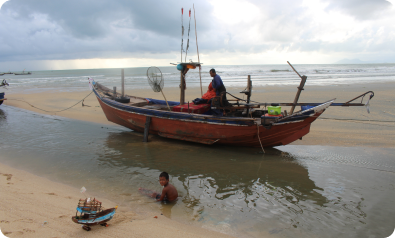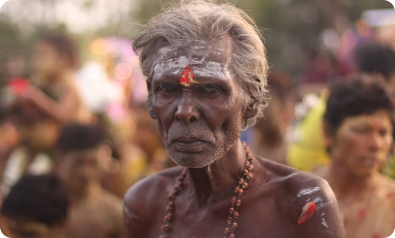The lack of information and data in the Asia-Pacific region inhibits accurate estimates of stateless populations in each country, sub-region, as well as the region as a whole. This report utilizes only reported population numbers through the end of 2022, included in the most updated version of UNHCR’s Global Trends publication. The reported population numbers for 2023 are expected to be published in June of 2024. With the aim of this report being knowledge production, the information included is not meant to provide legal advice. While included where possible, detailed information about the implementation of countries’ legislation is scarce due to NFA’s limited partners and collaborators in the region and the fact that not all country-specific data mentioned in this report has been verified by country stakeholders. Additionally, while this report has endeavored to compile the most recent legislation on citizenship for every country in the region, English translated versions of legislative documents were utilized, which may have lead to discrepancies due to the potential for inaccurate translations.
The study covers:
- A comprehensive analysis of the legal frameworks of every country in the region, specifically,
- identifying the method of acquisition of citizenship,
- naturalization and dual citizenship requirements,
- discriminatory elements, and
- legal safeguards for foundlings and children born to stateless parents.
- An analysis of treaty ratification by each state is included in this report, including reservations by states to relevant articles concerning access to nationality and non-discrimination in nationality rights. Specifically, the treaty ratification summary covers the treaties and protocols regarding statelessness and refugees being
- Convention relating to the Status of Stateless Persons (‘1954 Statelessness Convention’),13
- Convention on the Reduction of Statelessness (‘1961 Statelessness Convention’), and14
- Convention relating to the Status of Refugees15 and the Protocol relating to the Status of Refugees16 (‘Refugee Convention and Protocol’).
- The analysis will also cover the key human rights treaties being
- International Covenant on Economic, Social and Cultural Rights (ICESCR)17
- International Covenant on Civil and Political Rights (ICCPR),18
- International Convention on the Elimination of All Forms of Racial Discrimination (ICERD),19
- Convention on the Elimination of All Forms of Discrimination against Women (CEDAW),20
- Convention on the Rights of the Child (CRC).21 Further, the summary compiles recent concluding observations of the relevant treaty bodies, relevant information from Universal Periodic Reviews, as well as recent pledges made by countries and CSOs relating to statelessness. Subregional overviews also discuss the link between birth registration and citizenship for every country.
- The concept of birth registration in this report has been used as a cause of statelessness, while recognizing that the lack of birth registration is also a result of the existing administrative barriers. The report also includes a section on stakeholders, segregated by each sub-region.




